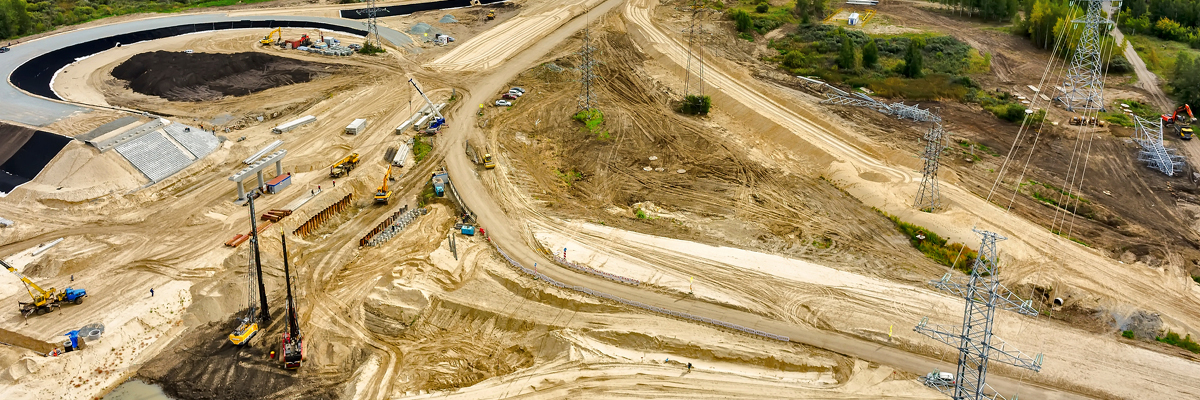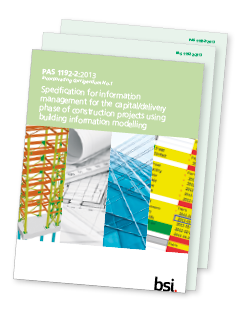WHAT IS BIM?
Building Information Modelling (BIM) is a collaborative process of gathering & managing information about any built asset or infrastructure. Using technology to produce digital data, the BIM process involves all parties to a construction project from planning through construction and into operation.
Why is BIM so important?
BIM represents an opportunity for the construction industry to become more efficient in the use of resources as well as the time taken to complete projects. The industry is estimated to grow by at least 70% to 2025 and more recent studies show that figure is climbing by the month. BIM aims to ensure that these projects are completed on time and with minimal wastage of resources.

How does BIM work?
BIM is about the process of collecting information rather than the method of displaying that information. The physical building information model (pictured) is the most recognised output of the BIM process. However, it is the way in which contractors, subcontractors, architects, planners and managers collaborate to build and use the data that matters most to the construction industry.
BIM doesn’t just apply to buildings!
Building Information Modelling is applicable to any built asset or infrastructure. Buildings are included but BIM is just as important to roads, bridges and other projects which require construction.

Who is leading the BIM agenda?
Over half of all construction projects in the UK are for the public sector. That means that the Government is putting up over 50% of the money coming into the industry. BIM was introduced in the 2011 UK Government Construction Strategy to help make the most of this investment.
What is BIM Level 2?
There are 4 defined levels of BIM integration which are designed to transform the collection of data on any construction project. This begins at Level 0 (paper-driven, disconnected data collection) to Level 3 (integrated and collaborative digital data collection).
The current mandated level for BIM is Level 2 which means that data about built assets is being collected digitally in a structured manner. Since April 2016, compliance with BIM Level 2 is required on all Government funded construction projects.










